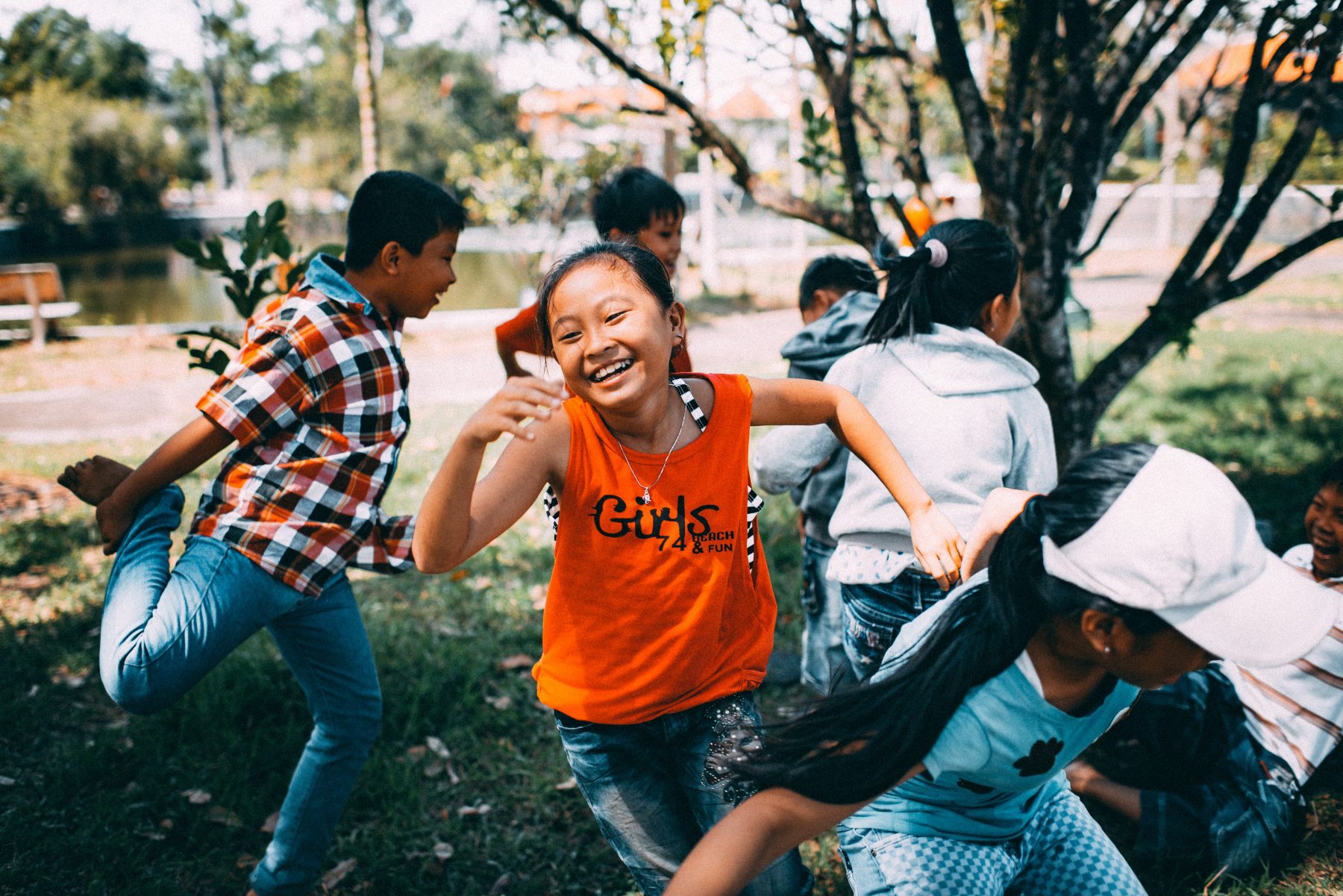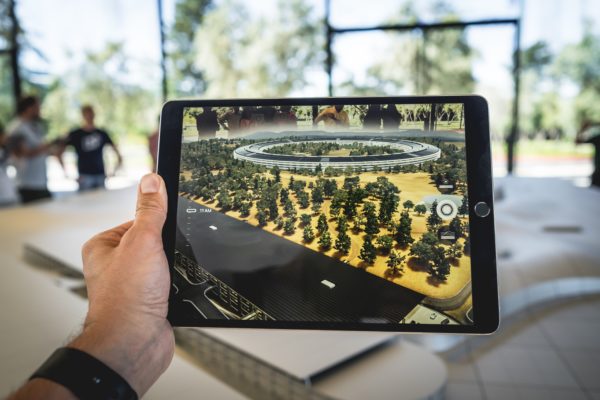In 2020, the motor skill proficiency of many children in Australia is very low. But three research groups across Deakin University have collaborated to revolutionise just that.
Around the nation, the Saturday sport-run is a common occurrence.
Ranging from AusKick to futsal to non-competitive lacrosse, children are learning to enjoy physical activity, move confidently in the world, and grow their social skills.
Australians are known for their love of kicking the footy, backyard cricket and beyond.
Yet many Australian children do not meet the minimum daily physical activity recommendation of 60 minutes.
Researchers say that developing our children’s motor skills – catching, throwing, running, jumping, balancing, and twisting – could help them establish a lifelong positive relationship with movement, physical activity, and exercise.
From Sony TR-55 to Deakin’s XMo
One of the first pieces of modern wearable technology was created in 1955 by Sony founders Akio Morita and Masaru Ibuka.

Although just a humble portable transistor radio, it introduced us to the idea of how tech could live alongside us.
Since then, we’ve developed gadgets to track our steps, heart rate, and duration of physical activity, transforming the way we move in the world.
But, most fail to measure vital information like motor skills. That’s where Deakin researchers step up to the plate.
Now, researchers from Deakin University’s School of Education Research for Educational Impact School (REDI), Institute for Intelligent Systems Research and Innovation (IISRI) and Institute for Physical Activity and Nutrition (IPAN) have joined forces to create XMo with children in mind.
The educational wiz-kid of innovation, XMo is a motion classification system that can provide objective assessment for motor skill performance in children.
Dr Natalie Lander from the School of Education is an experienced teacher. Educational research says that teachers find it difficult to objectively evaluate each child’s motor skills.
“Although teachers are aware of the low levels of motor skill proficiency, they do not have a feasible, valid and reliable way to assess motor skills,” says Dr Lander.
Associate Professor Lisa Barnett from the Institute of Physical Activity and Nutrition adds:
“Human motor skill observation in research always has a ‘grey’ area where one observer might think the skill has been performed properly but another observer does not.
“We need an objective, automated way of assessing children’s skills.”
Dr Lander’s previous research has demonstrated that many teachers lack the confidence, competence, instrumentation, time and support, in regard to performing accurate motor skill assessment.
Coupled with how time and resource-intensive this assessment can be, it makes them difficult to implement within a typical physical education (PE) class, and by a PE teacher.
Indeed, these challenges mean motor skill learning and assessment are often absent in a PE class.
Given this, it’s not surprising primary school PE became the ideal environment to assess, teach, and improve these skills with wearable tech.
Building physical literacy starts on the field
Physical literacy is not just about motor skills, but they’re a good start.
Moving past a school oval and it’s not strange to see a physical education class getting prepared to start a warm-up activity, like a game of Octopus.

With the XMo, eager students strap on four sensors to their ankles and wrists, almost as instinctive as putting on a hat before play, and they run out onto the grass ready to learn.
On the sidelines, their teacher can then perform their regular teaching program while keeping an eye on data automatically transmitted from these sensors to a tablet.
It could even encourage students to take more opportunities to self-guide their learning and physical literacy development.
Making the physical education program enjoyable for students and easier for reporting teachers. That’s the power of the XMo.
Broadly, Dr Darius Nahavandi from the Institute of Intelligent Systems, Research and Innovation says the XMo could have a range of potential applications in and outside the classroom.
“Development of a low-cost sensor solution has the potential to provide objective measurements of defined skill sets to a range of professionals.”
“Our primary target is to help teachers and improve motor skill development in children.
“However, we are developing a framework that could extend to other populations and other settings, such as coaching,” says Dr Nahavandi.
For now, the teaching world could transform around this research.
For example, if this system was introduced across a number of schools, it could also help the Victorian Department of Education and Training (DET), and the Victorian Curriculum and Assessment Authority (VCAA) track and report on the progress of students in health and physical education across the state.
“The exciting part of this is that all students can be assessed at once – not one at a time, the assessment is objective – relying on a reliable program we have developed against gold standard performances, meaning any teacher can use it with success,” says Dr Lander.
The ultimate teaching tool
Throughout the research process, it’s been power to the teachers.
From providing insight to its applications to explaining how well it translates in a class setting, the relationship between researchers and educators has been critical to closing the assessment void in PE.
So, how are we going to re-shape learning and assessment? It’s in collaboration with our teaching leaders.

“For this to occur we need the continued input, advice, and guidance from current practicing teachers to ensure that what we are developing is fit for purpose and that the system legitimately enhances the effectiveness and efficiency of assessment and teaching in PE,” Dr Lander notes.
It’s a true partnership for better teaching.
In the future, this system may be easily embedded in teaching and learning. Our young learners could step forward with the confidence to move in the world with the help of teachers and tech by their side.
It will leave its mark firmly on children’s motor skills and physical literacy. This research will establish not only more accurate assessments, but more compassionate individualised learning. One class at a time.



